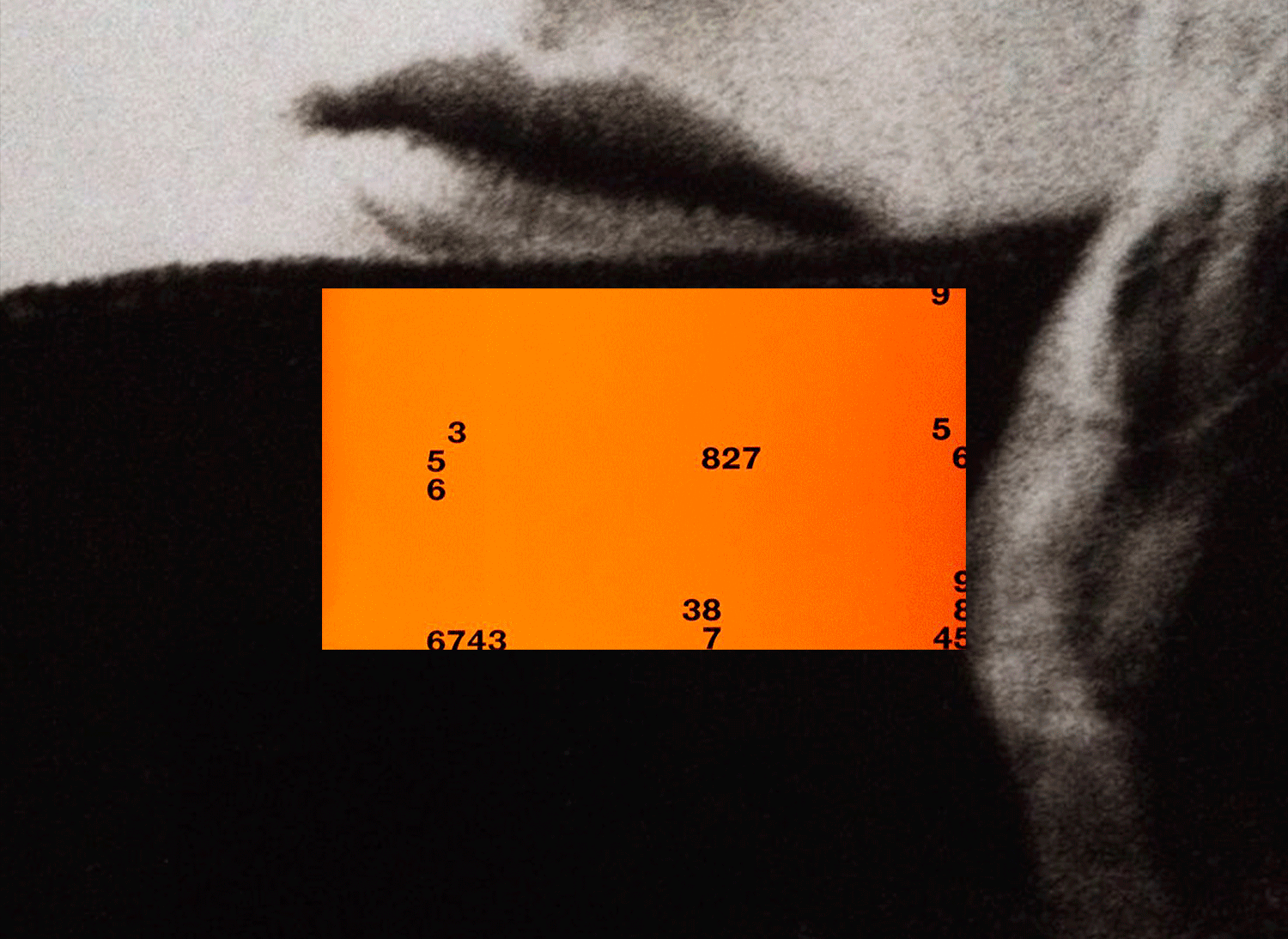The Creative Process. In short

Have you ever wondered how our ancestors managed, with no inherited information, no encyclopedia, no manual of any kind, to invent tools, understand the solar system and time, and discover that plants could heal?
There are so many ways to describe the creative process and divide it into phases or steps, but there are a few principles that remain universal.
Before we start anything, we need to ➞ take a step back ➞ observe ➞ analyse as much as possible, immerse ourselves in the context or problem to make sure we do not miss anything important. At this stage it is important to make sure that we have identified the real problem.

Once we have learned and gathered all the relevant data about the context or problem, we can move into a less rational/linear phase:
➞ Play ➞ Explore the non-existent.
This is about letting go and being as open as possible (intuition).

Throughout Phase 2, many ideas will come and go. Some will remain. We can now return to a more rational/linear way of working:
➞ judge ➞ criticise ➞ question ➞ hierarchise our ideas to know which ones deserve to stay on our final list.
Most of the time, the best ideas are accidents or discoveries that arise from the process of play. If it's not a discovery, our idea is okay, but probably not really innovative. The most innovative ideas are the ones that bring about change and help you ➞ transform the existent.

Text + Cover image: Marc Kandalaft







